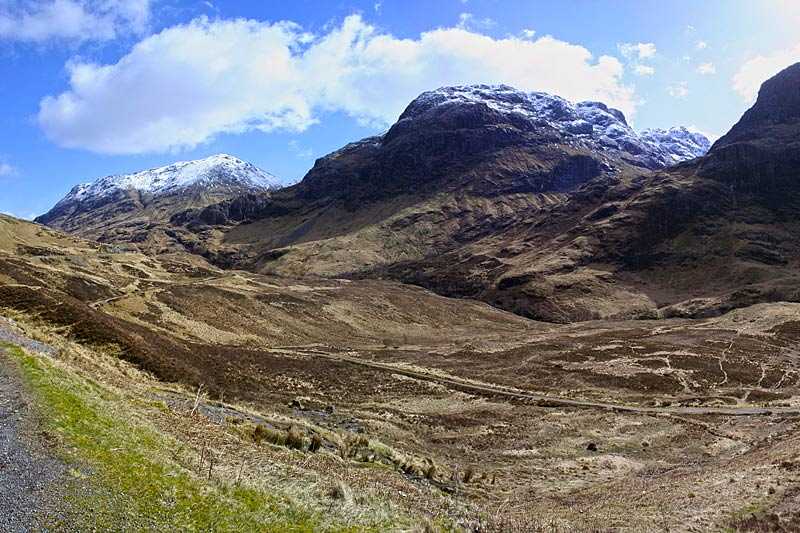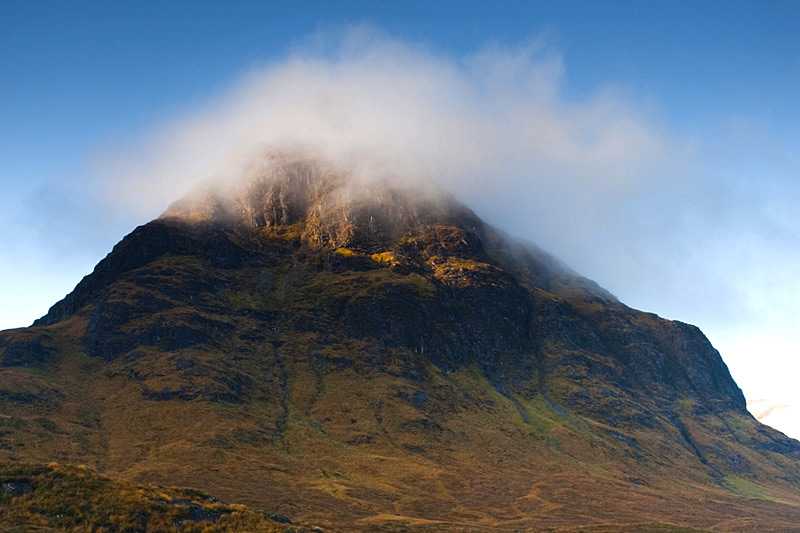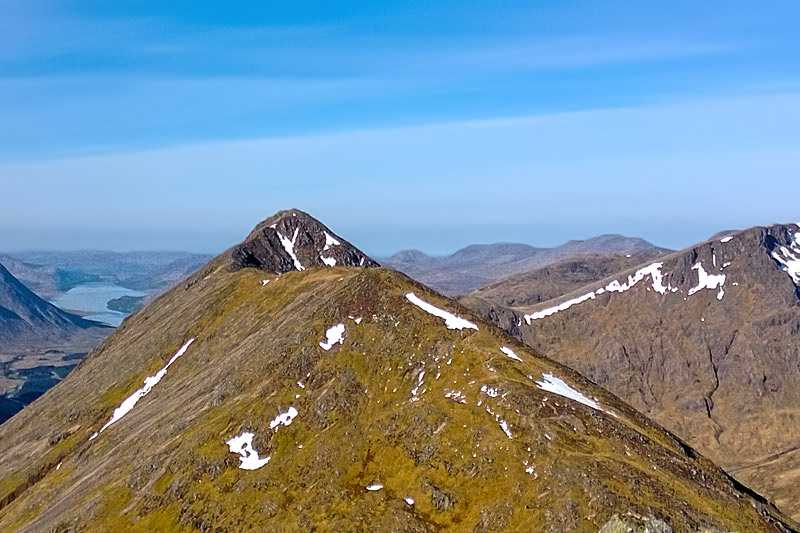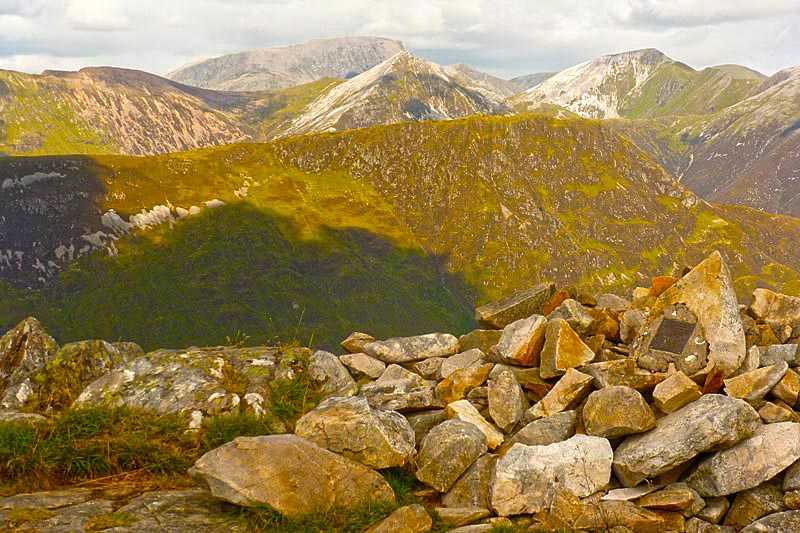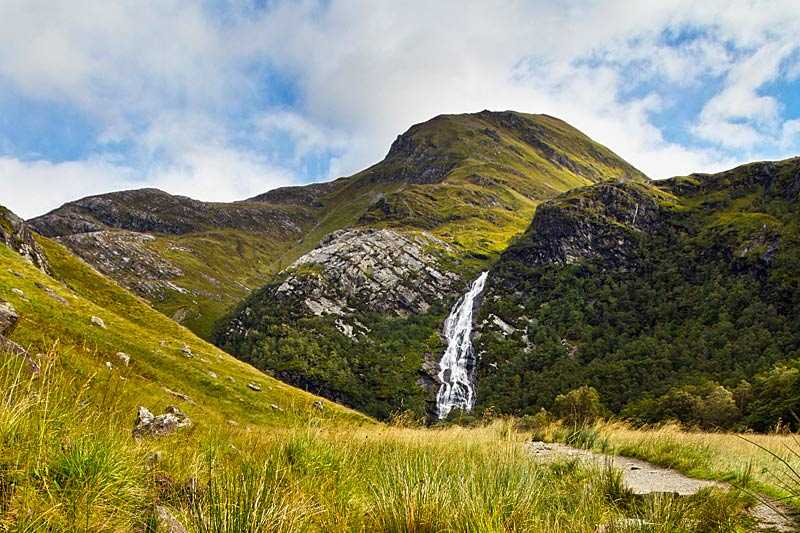Glen Coe
About Glen Coe
Glen Coe is a U-shaped glen in the Highlands of Scotland, originally formed by an ice-age glacier, and forms part of the designated National Scenic Area of Ben Nevis and Gl...
About Glen Coe
Glen Coe is a U-shaped glen in the Highlands of Scotland, originally formed by an ice-age glacier, and forms part of the designated National Scenic Area of Ben Nevis and Glen Coe. The name is mistakenly believed to mean ‘Glen of Weeping’, a reference to the famous massacre of Glencoe which took place there in 1692, when 38 relatives of the Clan MacDonald of Glen Coe wer...
Things to do near Glen Coe
Attractions near Glen Coe
Activities
About Glen Coe
About Glen Coe
Glen Coe is a U-shaped glen in the Highlands of Scotland, originally formed by an ice-age glacier, and forms part of the designated National Scenic Area of Ben Nevis and Glen Coe. The name is mistakenly believed to mean ‘Glen of Weeping’, a reference to the famous massacre of Glencoe which took place there in 1692, when 38 relatives of the Clan MacDonald of Glen Coe were massacred for failing to pledge allegiance to the new monarchs William and Mary. However, although the terrible story is key to the history of the area, the name more properly refers to the River Coe which runs through it, and was known by this name much earlier than 1692.
Landscape Features
The glen is surrounded by steep and craggy mountains at its outset and marked by a series of peaks well-known and revered by climbers, such as the famous Buachaille Etive Mor, which stands at the entrance to the glen. The highest peaks are of Bidean nam Bian, the famous Three Sisters, three steeply-sided ridges that extend north into the Glen and rise to 1,150 m (3,773 ft). There are also gentler walks for those who like to appreciate the looming mountains, sparkling lochs and roaring waterfalls less strenuously and nature lovers will appreciate the chance to catch sight of red deer, pine martens and golden eagles.
History
Historically, Glen Coe is also said to be the birthplace of Ossian, the narrator and supposed author of a cycle of epic poems published by the Scottish poet James Macpherson from 1760; however, Ossian’s very existence has been disputed.
Tourism
Most of the land is now owned by the National Trust for Scotland and there is a visitors’ centre which lays out the historical and natural importance of the area. There is also a folk museum in Glencoe village, the only settlement in Glen Coe apart from a handful of isolated farms.

